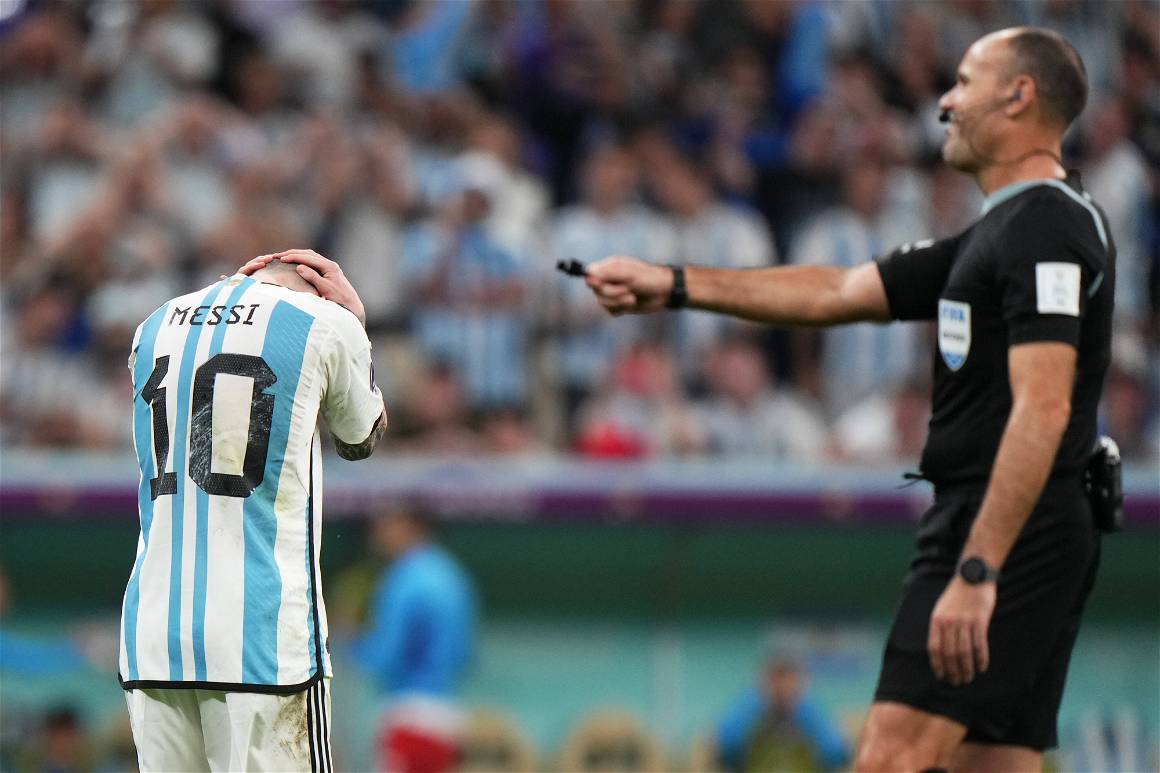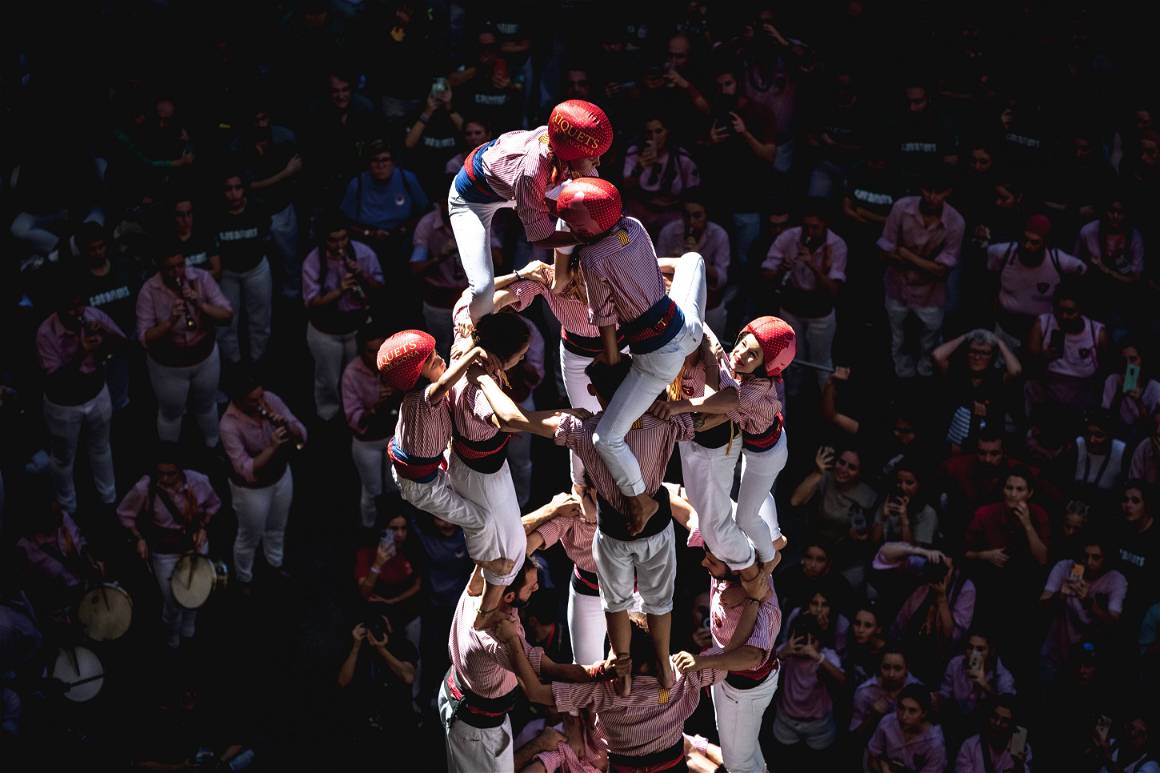Every day, photographs shape our perception of the world, and we often take them for granted. But behind every image is a photographer who often faces numerous challenges to bring these visual stories to life. In this article, we offer a unique perspective, spotlighting the experiences of IMAGO visual storytellers across various photography genres.

From Focus to Framing: A Collective Lens on Photography’s Challenges
These photographers emphasize the significance of their roles in society. To appreciate photography is to understand the tireless effort that goes behind every frame. As technology evolves and the world becomes more visual, it is important to understand the creators behind these captivating images and the challenges they overcome to shape our understanding of the world. Read the first part of this series of articles about photographer’s challenges. Read the opening piece in the series of articles addressing the difficulties facing photographers.
Mehmet Masum Suer: Challenges in Photojournalism
“It is difficult for photojournalists to take photos and work freely in the (our) region. It is always risky to take photos in which civilian people and their living spaces are seen inside cities. ”

What challenges affect your region’s photography industry that a young and upcoming photographer could be aware of?
The Kurdish area where we live is a sensitive region in terms of security. In this region covering 11-12 provinces and on the border between Iraq and Syria, deconflictions have occurred for 40 years between the Turkish army and the PKK-armed Kurdish organization militants. And as I said, more than 50 thousand people from both sides died in these conflicts. For this reason, it is difficult for journalists to take photos and work freely in the region. It is always risky to take photos in which civilian people and their living spaces are seen inside cities. A Turkish journalist cannot take pictures in the inner cities, especially in the suburbs, without government support and is blocked. The state security forces are also very uncomfortable with monitoring themselves and their movements. It reacts harshly; your camera or photo card may be taken away from you, or even the journalist may be arrested for taking a photo or a video.
It is very dangerous to take photos in rural areas, especially in border provinces such as Şırnak, Hakkari and Van. Both the state and PKK sympathizers may be uncomfortable with independent journalists. Journalists who are in the service of the Turkish state in the region can only work in the region with the support of the security forces. Kurdish journalists, on the other hand, can carry out their work under great pressure.
According to the latest report of the Tigris-Euphrates Journalists Association (DFG), the total number of journalists currently detained in Turkey is 87. Dicle Muftuoglu, Co-President of the Association, says that they could not determine how many of the detained journalists are Kurds, but the number of Kurdish journalists arrested just for journalistic activities in the last ten months is 28.
An interesting example: My friend Abdurrahman Gok, a reporter for the Mesopotamia News Agency, serially photographed the moment when an unarmed teenager named Kemal Kurkut, who was fleeing, was shot to death with a pistol in Newroz in 2017. In this case, while the police officers who opened fire received no punishment, the Kurdish journalist who photographed this moment, Abdurrahman Gok, was given a prison sentence of one year, six months, and 22 days.
Considering all of these challenges in working, what role do you believe your photography has in society?
For me, photography is one of the most powerful, easy and fast communication tools. The photo delivers the message in a universal language that everyone can understand, freezing time and quickly reaching the destination. Sometimes, you can tell a subject you can’t tell in hundreds of pages of articles in a single photo. I think the power of the photo that freezes the moment is also more impressive than video images. Because you watch the image in the video, it ends, but the photo remains.
I want the Kurdish people, who are alienated and trying to assimilate by drawing borders between them in 4 different countries, to see and learn about their common cultural values, events in the fields of culture, science and art, and famous people. I believe that one of the ways of doing this is through photography. At the same time, I document and archive the common suffering and happiness of the Kurds. Of course, this effort is appreciated by Kurds in four countries. Interviews are being conducted on Kurdish television and media, and my work is being told. And that makes me happy and honored.
Bagu Blanco: Sports Photography Challenges
“We must constantly recycle ourselves to keep up with the technological changes that affect photography.”

What challenges do you usually face in photography?
We must find out where photography and especially the related markets may evolve. Nowadays, we live in a visual world, and the constant social evolution means that this generation of images is changing at a dizzying pace. The media, trends, and clients vary, and everything changes overnight. We must constantly recycle ourselves to keep up with the technological changes that affect photography. I’m particularly concerned about the progress of artificial intelligence: Will we photographers be needed when there are cameras – and there already are – with this technology working at total capacity?
Matthias Oesterle: Challenges in Live Cultural Events
“… the idea that I might lose some parts of the camera or even a lens while swapping it while hanging up on the roof over the heads of thousands of Castellers nearly gave me a sleepless night.”

What has been your most challenging photography project to date, and how did you overcome it?
Fortunately, I haven’t faced many challenges yet. But in 2018, I requested accreditation for the bi-annual “human towers” competition in Tarragona and was given one of six spots to photograph from a service and maintenance ring suspended just below the arena’s roof. Another photographer informed me that this would be a “moving” experience. We were told that we could only enter with our own harness. Again, I researched and knew roughly what I was in for, and the idea that I might lose some parts of the camera or even a lens while swapping it while hanging up on the roof over the heads of thousands of Castellers nearly gave me a sleepless night.
Finally, I just let it come to me and moved as gently and carefully as I could. The event was canceled in 2020 due to Corona, but I was back in 2022, this time as “support” for a colleague who was allowed to go up for her first time and undoubtedly experienced similar troubles as I had the previous time.
But it was all worthwhile since I was rewarded with some of my most stunning images of human towers, which were only achievable from this vantage point on that occasion.
Daniela Porcelli: Sports Photography
“The challenge to photograph action sports, is the action itself, which is live. There is no second chance to capture them.”

As a woman photographer, what were the challenges you experienced in the past, and what are the current challenges in the field?
I can only speak from personal experience, so I don’t want to generalize it, but I felt that I had to work harder and push harder to make a name in this business.
When I first started, before I purchased my first professional camera, I only used my Sony A6000, and I saw photographers looking down at me and not taking me seriously. I had to show through my content and mentality to work hard and be passionate about what I can do.
But also, in this market, it’s mostly about networking and knowing the right people in the right places and at the right moment. Then, you can be successful. Talent and hard work pay off, but they always take longer. With a good network, you can reach goals easier and faster. I felt it took me longer, and I had to work harder and go through many backdoors to achieve what I aimed for. And the challenge is still ongoing every day. On the other hand, I don’t see it as a big challenge, as I even encountered it in my previous work field, banking. So, I feel, as a woman, I am so used to it, so I don’t mind it and see it as normal.
What are the challenges of action sports photography from the matches you are capturing? What characteristics distinguish a great photo from a game?
The challenge to photograph action sports, is the action itself, which is live. There is no second chance to capture them. The moments happen and there is no repetition of it. If you miss the shot, you missed it. The action is fast, and you need to be ready, but even then, there are other aspects that can prevent you from capturing all the images you want, such as where you are sitting, where the action takes place, what other disturbances occur during the action and others.
For me personally, a great photo is when it shows the emotion that occurs during that action, but also when I remember what I felt while capturing that moment. Of course, a technically correct and perfect photo is important, too, but a big part is the emotion it causes when seeing that photo after the action.



